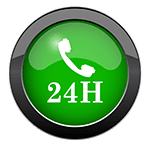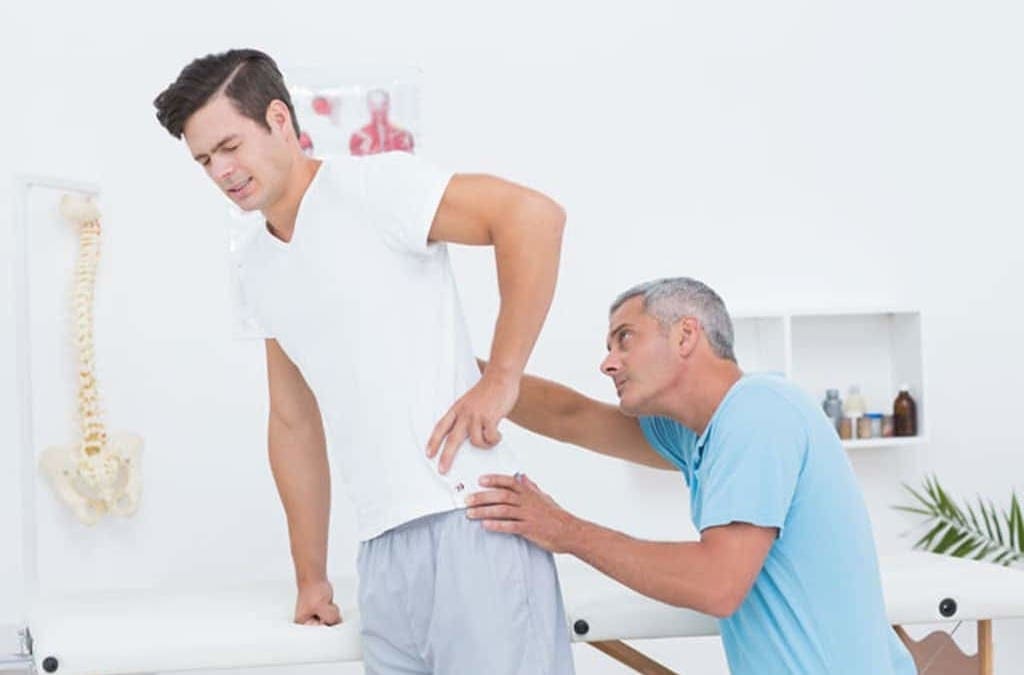Scoliosis is a medical condition where the spine is curved from side to side. The spine of an individual with a typical scoliosis may seem similar to an “S” than a straight line. Approximately 2 percent of the population will have scoliosis in their spine and approximately 10 percent of these are extreme.
Scoliosis is named according to where the apex of the curvature in the spine does occur. Most commonly these curves happen in the thoracic (mid-back) and thoracolumbar (junction between the thoracic and lumbar) areas of the spine. Scoliosis doesn’t generally occur in the neck.
Adolescence, particularly between 11 and 14 years of age is the best time to screen the backbone for scoliosis. Scoliosis can progress throughout adulthood if not treated throughout youth. Being examined and treated at any phase can significantly enhance comfort power and mobility.
Contents
Causes of Scoliosis
Several kinds of scoliosis exist:
Structural (Idiopathic) scoliosis has genetic roots. A family history of scoliosis, especially across the aspect that is female can improve the likelihood of having it by up to 20 percent. Idiopathic scoliosis usually develops in early adolescence between the ages of 11-14, with a higher incidence happening in women than males (1:1). Progression of scoliosis is more frequent in women than males. The curvature in the backbone can progress if left untreated and undiagnosed in adolescence.
Functional scoliosis can develop in adulthood, usually in reaction to an injury or repetitive practice of asymmetrical activities (i.e. tennis, golf swing and so forth). It is a curvature in the spine which has formed from overuse of muscles on one aspect of the side and under-use of muscles on the aspect that is reciprocal. It could reverse with exercise and proper therapy because it is muscular based.
Pathology-associated scoliosis can arise in reaction or in people with neuromuscular disease including muscular dystrophy to some severe problems for the spinal cord for example quadriplegia.
Scoliosis Symptoms
Physical signs in children following the age of 8 that parents should suspect is scoliosis:
- Uneven hips
- Uneven shoulders
- One shoulder blade being more prominent than the other
- Listing (bending) to one side
- Pain around the areas above imbalanced areas
Contrary to common opinion, scoliosis does perhaps not be a consequence of inadequate posture. It can progress to bad posture of spinal muscles that are weak or a sever curve as a result.
Scoliosis and Spine Health Diagnosis
A healthcare professional or doctor usually undertakes within a regimen clinical evaluation checking for scoliosis.
The spine specialist will examine your backbone, shoulders, ribcage, pelvis, legs and feet for asymmetry and abnormalities. When a significant scoliosis is suspected by them, they’ll arrange for x-rays to validate your Cobb angle, or severity of scoliosis.
A review will be required by a substantial curvature in the spine detected in adolescence from an orthopedic spine specialist. Finding out what type of scoliosis your child may have is essential because different sorts of scoliosis improvement in different ways and need various remedies.
Adult Scoliosis: Questions and Answers
The scope of our information is limited to chiropractic and spinal injuries and conditions. To discuss options on the subject matter, please feel free to ask Dr. Jimenez or contact us at 915-850-0900 . 
By Dr. Alex Jimenez
Additional Topics: Scoliosis Pain and Chiropractic
According to recent research studies, chiropractic care and exercise can substantially help correct scoliosis. Scoliosis is a well-known type of spinal misalignment, or subluxation, characterized by the abnormal, lateral curvature of the spine. While there are two different types of scoliosis, chiropractic treatment techniques, including spinal adjustments and manual manipulations, are safe and effective alternative treatment measures which have been demonstrated to help correct the curve of the spine, restoring the original function of the spine.
TRENDING TOPIC: EXTRA EXTRA: New PUSH 24/7�? Fitness Center
Professional Scope of Practice *
The information on "Scoliosis Causes, Symptoms and Diagnosis: Overview" is not intended to replace a one-on-one relationship with a qualified health care professional or licensed physician and is not medical advice. We encourage you to make healthcare decisions based on your research and partnership with a qualified healthcare professional.
Blog Information & Scope Discussions
Welcome to the wellness blog of El Paso Back Clinic, where Dr. Alex Jimenez, DC, FNP-C, a board-certified Family Practice Nurse Practitioner (FNP-C) and Chiropractor (DC), presents insights on how our team is dedicated to holistic healing and personalized care. Our practice aligns with evidence-based treatment protocols inspired by integrative medicine principles, similar to those found on dralexjimenez.com, focusing on restoring health naturally for patients of all ages.
Our areas of chiropractic practice include Wellness & Nutrition, Chronic Pain, Personal Injury, Auto Accident Care, Work Injuries, Back Injury, Low Back Pain, Neck Pain, Migraine Headaches, Sports Injuries, Severe Sciatica, Scoliosis, Complex Herniated Discs, Fibromyalgia, Chronic Pain, Complex Injuries, Stress Management, Functional Medicine Treatments, and in-scope care protocols.
Our information scope is limited to chiropractic, musculoskeletal, physical medicine, wellness, contributing etiological viscerosomatic disturbances within clinical presentations, associated somato-visceral reflex clinical dynamics, subluxation complexes, sensitive health issues, and functional medicine articles, topics, and discussions.
We provide and present clinical collaboration with specialists from various disciplines. Each specialist is governed by their professional scope of practice and their jurisdiction of licensure. We use functional health & wellness protocols to treat and support care for the injuries or disorders of the musculoskeletal system.
Our videos, posts, topics, subjects, and insights cover clinical matters, issues, and topics that relate to and directly or indirectly support our clinical scope of practice.*
Our office has reasonably attempted to provide supportive citations and has identified the relevant research studies or studies supporting our posts. We provide copies of supporting research studies available to regulatory boards and the public upon request.
We understand that we cover matters that require an additional explanation of how they may assist in a particular care plan or treatment protocol; therefore, to discuss the subject matter above further, please feel free to ask Dr. Alex Jimenez, DC, APRN, FNP-BC, or contact us at 915-850-0900.
We are here to help you and your family.
Blessings
Dr. Alex Jimenez, DC, MSACP, APRN, FNP-BC*, CCST, IFMCP, CFMP, ATN
email: coach@elpasofunctionalmedicine.com
Licensed as a Doctor of Chiropractic (DC) in Texas & New Mexico*
Texas DC License # TX5807
New Mexico DC License # NM-DC2182
Licensed as a Registered Nurse (RN*) in Texas & Multistate
Texas RN License # 1191402
ANCC FNP-BC: Board Certified Nurse Practitioner*
Compact Status: Multi-State License: Authorized to Practice in 40 States*
Graduate with Honors: ICHS: MSN-FNP (Family Nurse Practitioner Program)
Degree Granted. Master's in Family Practice MSN Diploma (Cum Laude)
Dr. Alex Jimenez, DC, APRN, FNP-BC*, CFMP, IFMCP, ATN, CCST
My Digital Business Card









